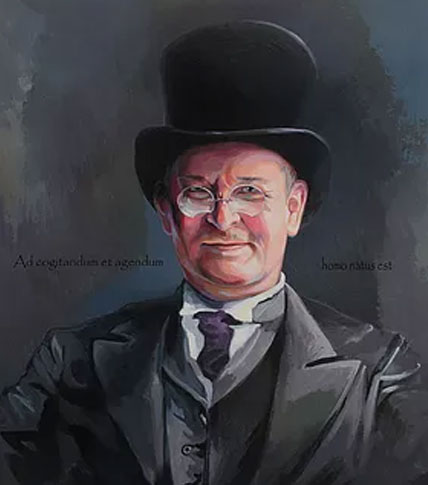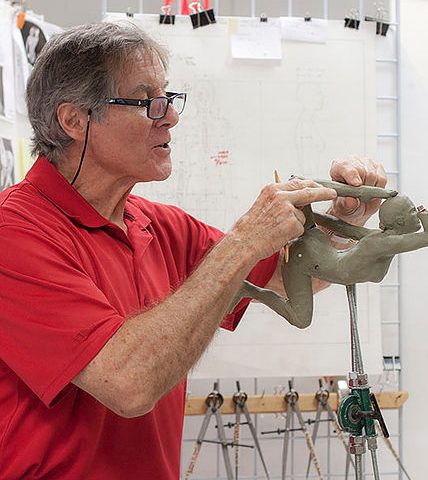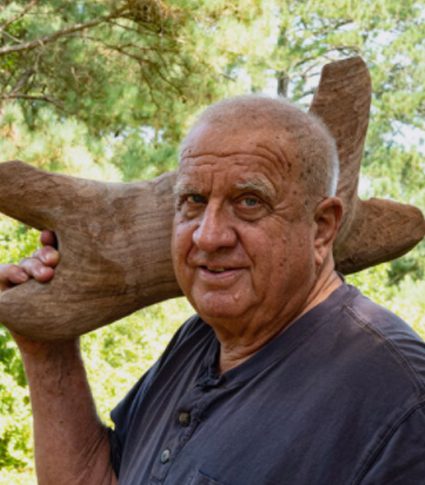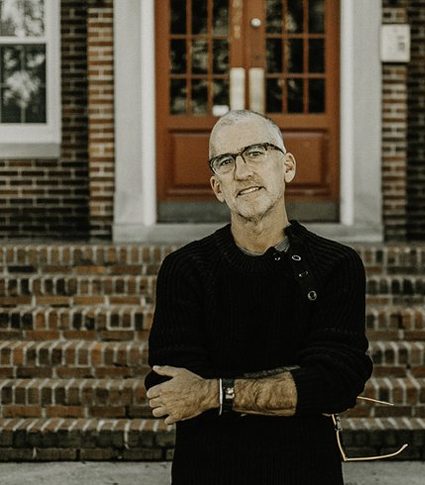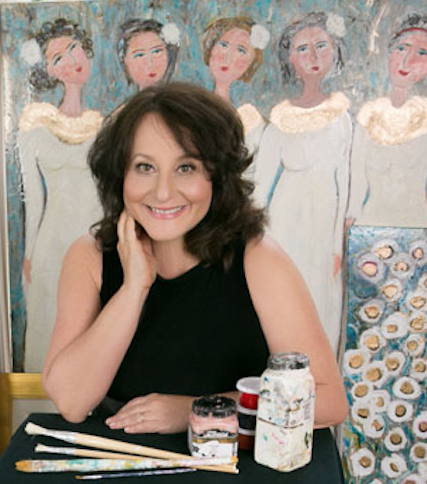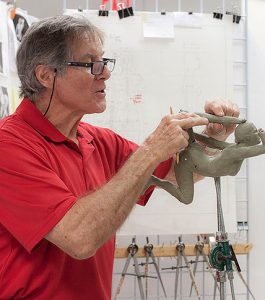 I draw my inspiration for my art from my life’s activities, friends, and ideas from my fellow workers and from many other sources. Much of my early work came from my love and experiences in athletics and has matured into many other venues including history and dance. Most of my work is figurative. I have developed a different style from most sculptors. My style gains in ways that make my sculptures exacting and more life-like than most other sculptors.
I draw my inspiration for my art from my life’s activities, friends, and ideas from my fellow workers and from many other sources. Much of my early work came from my love and experiences in athletics and has matured into many other venues including history and dance. Most of my work is figurative. I have developed a different style from most sculptors. My style gains in ways that make my sculptures exacting and more life-like than most other sculptors.
I first draw all of my image figures in front and side views. Then I draw armature wire and other features of the armature onto the pencil drawings of the image figures. These drawings are all to the scale of what the finished sculpture will be and will allow me to take measurements from the drawing to build up the clay model with plastina, ( oil based clay ) with great precision.
When the clay model is finished I will put it through a process called “side lighting “. This is as the definition would indicate, a time where a strong light beam is shone from the side of the sculpture with all other lighting turned off or diminished so as to show imperfections in the clay surface that would not show up by any other means. When these imperfections are eliminated, the clay model is considered complete. The next phase of the process is to deliver the model to the caster. Great care must be taken in order to get the model to the caster without any damage to the clay image.
The caster will make a mold of the clay model. This sounds easy, but this is the most critical part of the casting process. If this is not done correctly you can lose the entire clay model. The mold allows multiple waxes to be made of the model. Each model will have a limited amount of castings to be made from the mold. This is called a limited edition and must be stated on the bronze castings as to just how many castings may be made. To some degree, this determines the value of the bronze casting. Rule of thumb, the fewer the limited edition is the higher the price of each casting will be.
Each wax will be prepared to have ceramic shell placed inside and outside of the wax. When properly “cured” the wax will be melted from the inside and outside of the ceramic shell coating and then allows molten bronze to be poured into the ceramic shell.
Metal work is then required on the bronze casting. It is finally sandblasted and prepared to have a patina placed on the casting to create the desired color of the piece.
Richard Stravitz collection at the Stravitz Sculpture and Fine Art Gallery.

